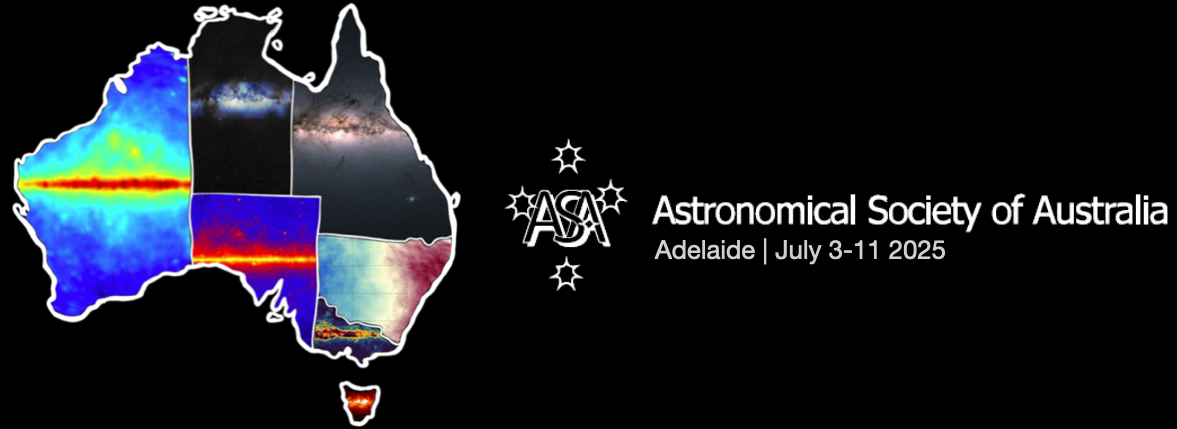Speaker
Description
We are expanding on previous work on globular cluster stars that have escaped into the halo field using the fourth data release from the Galactic Archaeology with HERMES (GALAH) survey. We use a purely kinematic selection to identify both red giant and dwarf stars on halo orbits and investigate the utility of GALAH light element abundances for identifying second-population GC stars in that catalog. We identify GC-like candidate members via Na-Al abundance kernel density estimation (KDE) contours based on enriched GC populations obtained from previous works. Past studies estimate that 2–3% of field stars originate from GCs and exhibit second-population abundance signatures, and our preliminary analysis finds that a similar fraction in GALAH DR4 are notable outliers in oxygen, sodium, and aluminium. We compare their metallicities and orbital properties to the halo GC population and major accreted substructures like Gaia-Enceladus and Sequoia to trace their origins. In the future, we will use Feedback in Realistic Environments (FIRE) simulations to assess the contribution of such dissolved GC stars to the halo field and compare to other theoretical predictions for the fraction of halo stars originating in globular clusters. Overall, this project aims to illuminate the connections between accretion, mass loss, and cluster destruction in the assembly of stellar halos.

